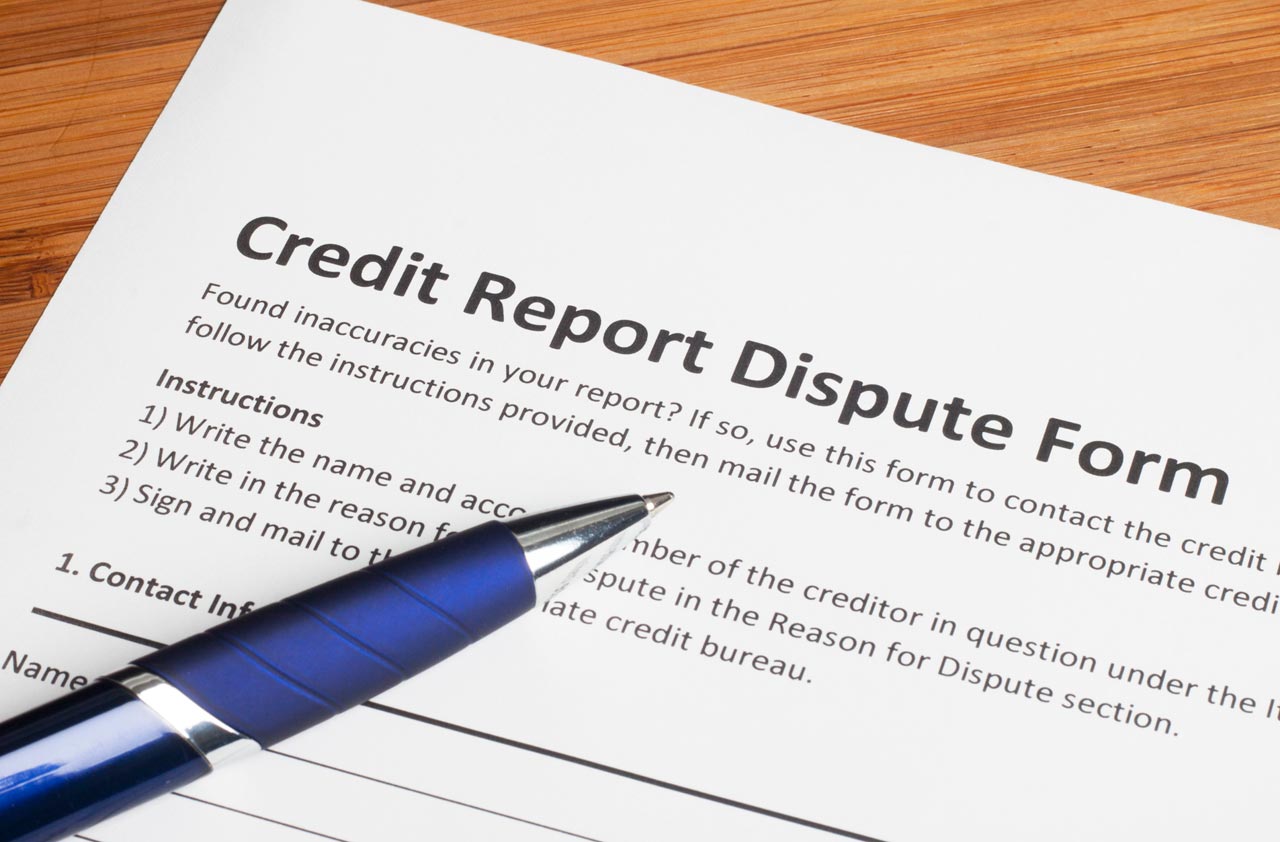Get the Best Deal on Health Insurance
Employees who get coverage through work should compare all the plans offered by their employers. Here's what to look for.

It's open-enrollment season for my employer's health-insurance plans. What should I look for in a policy?
Don't assume that the coverage you have had is still the best deal. Instead, compare total out-of-pocket costs for all of the plans offered by your employer and your spouse's employer.
Average premiums for employer-sponsored coverage increased by 5% this year, according to the Kaiser Family Foundation. The average family plan costs $12,680, with employees picking up $3,354 of the bill. Single coverage costs $4,704, on average, with employees paying $731 per year.
From just $107.88 $24.99 for Kiplinger Personal Finance
Become a smarter, better informed investor. Subscribe from just $107.88 $24.99, plus get up to 4 Special Issues

Sign up for Kiplinger’s Free Newsletters
Profit and prosper with the best of expert advice on investing, taxes, retirement, personal finance and more - straight to your e-mail.
Profit and prosper with the best of expert advice - straight to your e-mail.
But the premiums can vary depending on the size of the company. Workers in small firms (3 to 199 workers) tend to contribute less for single coverage than workers in large firms ($624 compared with $769), but they often contribute significantly more for family coverage than workers in large firms ($4,101 compared with $2,982). If you're married, have children and both you and your spouse get insurance through your employers, compare the premiums on both plans to see which offers the best subsidy for family coverage.
Premiums are just one factor to consider. Companies have been increasing costs in less-obvious ways. The average co-payment is now $19 for visits to primary-care doctors and $26 for specialty physicians. And employees with high-deductible health-insurance policies are more likely to have co-insurance than co-payments, meaning that they pay a percentage of the total cost of a doctor's visit. On average, an employee with co-insurance will pay 17% of the bill.
As for prescription drugs, the typical plan charges a $10 co-payment for generics, $26 for preferred drugs, $46 for nonpreferred drugs and $75 for specialty drugs. Some plans have co-insurance rather than co-payments for specialty drugs, requiring employees to pay 28% of the cost. This change can make a huge difference if you take expensive specialty drugs with no lower-cost alternative-28% of the total cost can add up to much more than $75.
However, many plans provide coverage for preventive care and prescription drugs without requiring the insured to pay a deductible first. And some offer bonuses for completing a health-risk assessment or participating in wellness programs.
In addition to comparing out-of-pocket costs, look at coverage maximums and exclusions or caps on out-of-pocket costs. A policy with a low coverage maximum-$1 million or less-could leave you with thousands of dollars of uncovered expenses if you have a major illness or emergency.
One way to lower the premiums is to choose a high-deductible health-insurance policy and pair it with a health savings account, an option that 13% of employers offer. Your employer may even contribute to the savings account. If your policy has at least a $1,100 deductible for individuals or $2,200 for families in 2008, you'll qualify for a health savings account. You can use money from an HSA tax-free in any year for medical expenses and take it with you if you leave your job. For more information, see Health Savings Account Answers.
Profit and prosper with the best of Kiplinger's advice on investing, taxes, retirement, personal finance and much more. Delivered daily. Enter your email in the box and click Sign Me Up.

As the "Ask Kim" columnist for Kiplinger's Personal Finance, Lankford receives hundreds of personal finance questions from readers every month. She is the author of Rescue Your Financial Life (McGraw-Hill, 2003), The Insurance Maze: How You Can Save Money on Insurance -- and Still Get the Coverage You Need (Kaplan, 2006), Kiplinger's Ask Kim for Money Smart Solutions (Kaplan, 2007) and The Kiplinger/BBB Personal Finance Guide for Military Families. She is frequently featured as a financial expert on television and radio, including NBC's Today Show, CNN, CNBC and National Public Radio.
-
 Changes Are Coming for This Invesco Bond Fund
Changes Are Coming for This Invesco Bond FundThe Invesco BulletShares 2026 Corporate Bond ETF's bonds will mature in 2026. Here's what investors should do.
-
 What Science Reveals About Money and a Happy Retirement
What Science Reveals About Money and a Happy RetirementWhether you’re still planning or already retired, these research-based insights point the way to your best post-work life.
-
 7 Retirement Planning Trends: What They Mean for You in 2026
7 Retirement Planning Trends: What They Mean for You in 2026From government shutdowns to market swings, the past 12 months have been nothing if not eventful. The key trends can help you improve your own financial plan.
-
 Credit Report Error? They All Matter
Credit Report Error? They All Mattercredit & debt Don't dismiss a minor error. It could be the sign of something more serious.
-
 Insurance for a Learning Driver
Insurance for a Learning Driverinsurance Adding a teen driver to your plan will raise premiums, but there are things you can do to help reduce them.
-
 529 Plans Aren’t Just for Kids
529 Plans Aren’t Just for Kids529 Plans You don’t have to be college-age to use the money tax-free, but there are stipulations.
-
 When to Transfer Ownership of a Custodial Account
When to Transfer Ownership of a Custodial Accountsavings Before your child turns 18, you should check with your broker about the account's age of majority and termination.
-
 Borrowers Get More Time to Repay 401(k) Loans
Borrowers Get More Time to Repay 401(k) Loansretirement If you leave your job while you have an outstanding 401(k) loan, Uncle Sam now gives you extra time to repay it -- thanks to the new tax law.
-
 When It Pays to Buy Travel Insurance
When It Pays to Buy Travel InsuranceTravel Investing in travel insurance can help recover some costs when your vacation gets ruined by a natural disaster, medical emergency or other catastrophe.
-
 What Travel Insurance Covers When Planes Are Grounded
What Travel Insurance Covers When Planes Are GroundedTravel Your travel insurance might help with some costs if your trip was delayed because of the recent grounding of Boeing 737 Max planes.
-
 Ways to Spend Your Flexible Spending Account Money by March 15 Deadline
Ways to Spend Your Flexible Spending Account Money by March 15 Deadlinespending Many workers will be hitting the drugstore in the next few days to use up leftover flexible spending account money from 2018 so they don’t lose it.